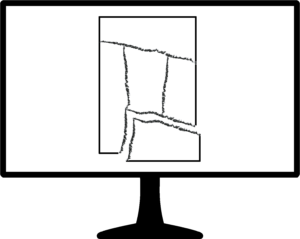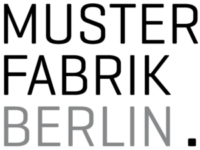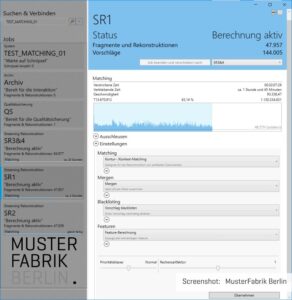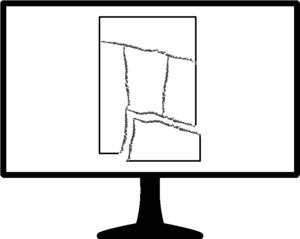
Our assistance systems provide tools for the automated digital recovery of fragments. The puzzle workflow can be automated in different ways depending on the task. The degree of automation ranges from manual to assistance-based to automatic fragment processing, depending on the characteristics of the fragments.
Fragment sets without significant features
For tasks with fragments that have only a few significant features, a simple automated puzzle workflow is usually effective for digital restoration. Here, the operator first interactively forms subsets of putative puzzle candidates (“clusters”) using the automatic classification procedures implemented in our interactive viewer components.
The operator can then either digitally assemble these puzzle candidates interactively by moving, rotating and gluing them together (manual puzzling) or transfer them into so-called puzzle jobs. Within the set of all candidates of a puzzle job, the system then automatically calculates puzzle suggestions, which have to be interactively acknowledged by the operator by accepting or rejecting them (assistance-based puzzling).
Fragment sets with significant features
For tasks with fragments that have many meaningful features, a higher level of automated puzzle workflow is possible during digital restoration. Here, puzzle suggestions are automatically calculated within automatically generated puzzle jobs for any fragment sets without any clustering initiated interactively by the operator in advance.
The puzzle suggestions can then either be acknowledged interactively by the operator (assistance-based puzzling) or automatically matched by the system (automatic puzzling). In this mode, the system automatically confirms all pairings with matching scores within defined score ranges and automatically rejects all others. This (fully) automatic mode is only recommended for fragment sets with a sufficient number of features suitable for reconstruction.


